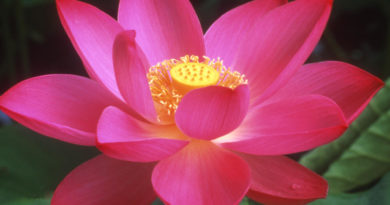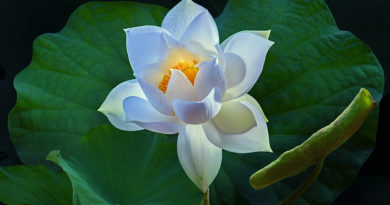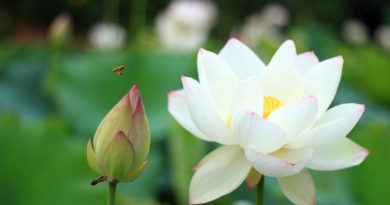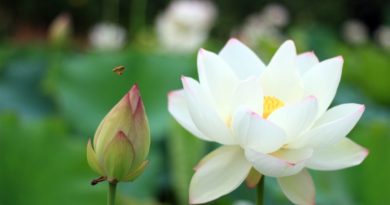Answers By Mr. S. N. Goenka: Mantras
-By reciting mantra or by visualisation some meditators can reach a very calm and peaceful state of mind and can also be aware of their body sensation at the same time. Can they reach the same final results as those obtained by the technique in your tradition?
Mr. S. N. Goenka: It is true that by reciting mantra or by visualisation one can reach a very calm and peaceful state of mind. This is dhyānic meditation. Bodhisattva Siddhārtha Gautama learned this samādhi up to the seventh and eighth dhyānas from Ācārya Alāra Kālāma and Ācārya Uddaka Rāmputta respectively, the renowned teachers of the dhyānas of those days. But these could not give him full liberation. After attaining enlightenment through Vipassana which was discovered by him, he added sampajañña, that is prajñā of anityatā to these dhyānic meditations. This was Buddha’s contribution to the samādhis of those days and this alone helps to eradicate anuśaya kleśa, that is the impurities of mind at the root level, and makes the mind pure.
Even if one does not work with Vipassana, in some cases, bodily vibrations arise by these dhyānic meditations. But most of the time it is because of the verbalization of a particular mantra. As this happens to be created vibration and not natural vibration, it is not in line with Vipassana, which wants us to observe the natural vibration for which the Buddha uses the words yathābhūta (as it happens naturally). Moreover a Vipassana meditator has to keep on realizing these experiences with the understanding of Anitya, dukkha, and anātma. This helps to purify the mind at the root level by eradicating anuśaya kleśa, which is missing in the ordinary dhyānic practices.
-How does Vipassana differ from other meditation techniques like the use of mantras. Don’t they also concentrate the mind?
Mr. S. N. Goenka: With the help of mantras, visualization of any shape or form one can easily get the mind concentrated, no doubt. But with Vipassana, the aim is to purify the mind. And mantras generate a particular type of artificial vibration. Every word, every mantra will generate a vibration, and if one keeps working with this mantra for long hours, one gets engulfed in the created vibration. Whereas, Vipassana wants you to observe the natural vibration that you have – in the form of sensations – vibrations when you become angry, or when you are full of passion, or fear, or hatred, so that you can come out of them.
Source: https://www.vridhamma.org






